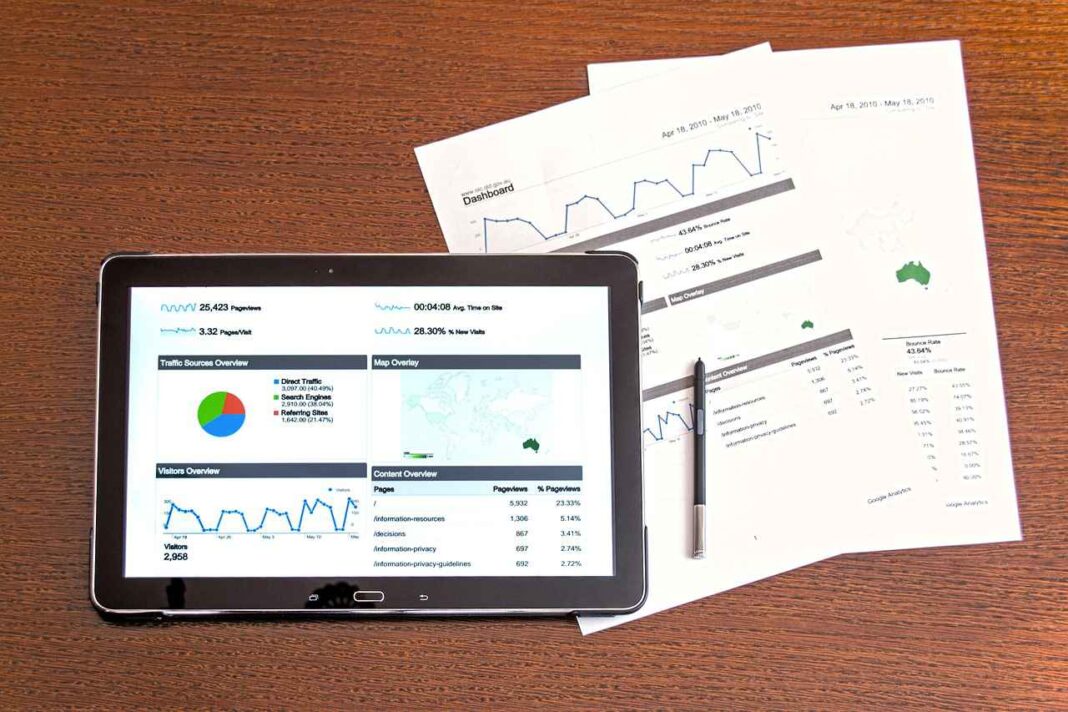When you buy a house, especially for the first time, it’s important to realize that you’re putting a lot of your financial eggs in one basket. For many middle-class homeowners, a huge chunk of their net worth—around 80%—is tied up in their homes. This can be risky, especially if the market takes a downturn.
For those looking to buy their first home with less than a 20% down payment, it often means they might not have substantial investments elsewhere, like in stocks or bonds. This lack of diversification increases their financial vulnerability, particularly if real estate values decline.
Mortgage debt is also a form of investment risk. Essentially, when you take out a mortgage, you’re betting big on one asset. If the property value drops and you need to sell, you could end up in a tough spot financially.
During the financial crisis of 2008-2009, many Americans saw their net worth plummet because a large portion of their wealth was tied up in real estate. This scenario illustrates the dangers of having too much invested in one type of asset.
Despite receiving a significant sum from selling a property, I chose not to rush into reinvesting it. Initially, I redistributed about 60% of these funds and took another five months to invest the rest, keeping some “firepower” in case a great investment opportunity came up, like the discounted ocean-view property I found in 2020.
Having a mortgage still hanging over me meant that even with substantial cash reserves, I was heavily exposed to investment risks. My approach to investment is cautious; I’m not a fan of using debt to purchase high-risk assets like stocks, as their values can drop significantly overnight.
When is the right time for maximum investment risk exposure? Ideally, when the market is at its lowest—what some call “when there’s blood in the streets.” But timing the market perfectly is nearly impossible and usually only apparent in hindsight.
The real estate market has been a key component of my investment strategy, not only for the potential appreciation but also for the income it generates. Compared to the volatility of stocks, real estate can provide a more stable return, making it a cornerstone of my approach to building wealth.
In conclusion, understanding and managing investment risk is crucial, especially if you’re heavily invested in real estate. It’s important to maintain a balanced portfolio and have a strategy for both bull and bear markets. Always be prepared for market fluctuations and ensure you have a financial buffer to handle downturns without jeopardizing your overall financial stability.










































